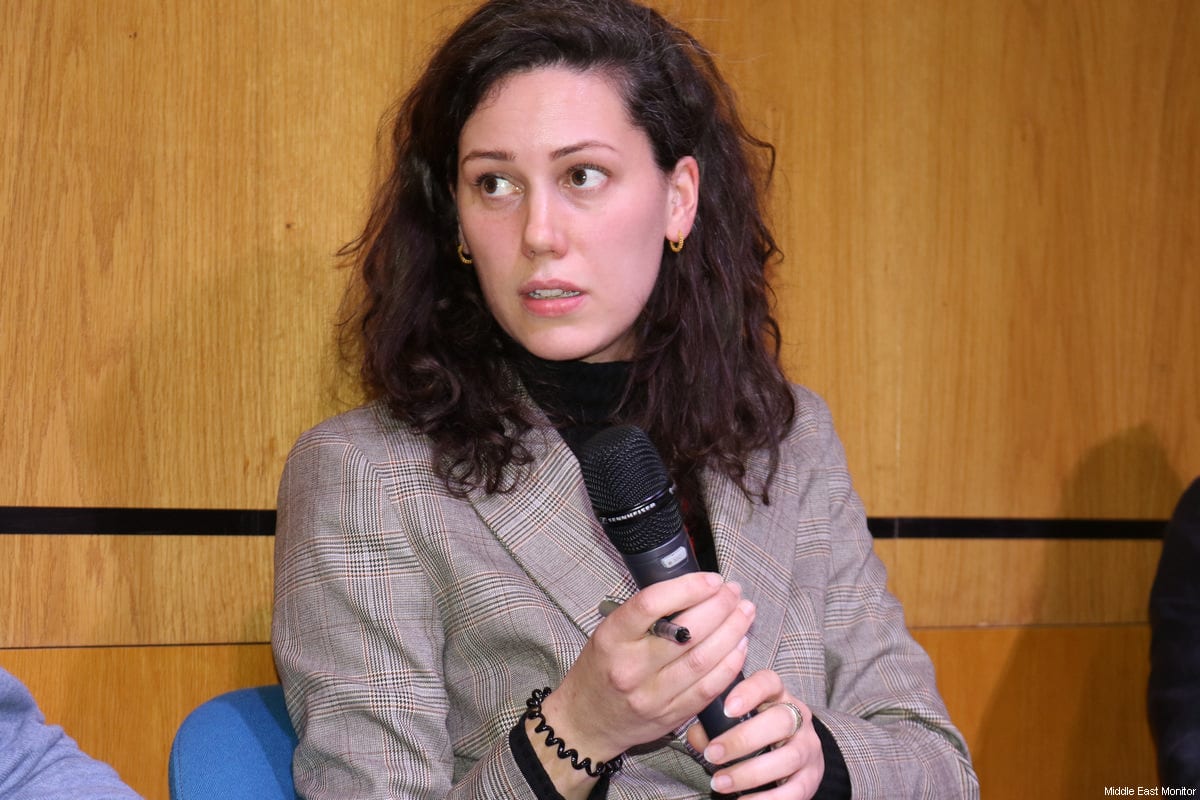During Egypt’s 2011 revolution, protestors joined hands and forged a human chain outside the Egyptian museum to protect the ancient artefacts inside. But looters taking advantage of the collapsed security situation managed to steal a statue of Tutankhamen, and went on to illegally dig near the pyramids of Giza and pillage the temples in Luxor.
Egypt’s cultural heritage took another blow last week when a bomb which went off outside police headquarters in Cairo took with it millions of pounds worth of damage to the Islamic art museum, the most important of its kind in the world, destroying at least 165 objects.
During the blast the building’s ceiling collapsed and the windows shattered, destroying the relics inside. The collection housed Persian carpets, a gold inlaid key to the Ka’aba and one of the rarest copies of the Qur’an. The national library of Egypt is on the second floor and its manuscripts, papyrus and books were also destroyed.
Ironically, the museum has recently undergone eight years and $10 million pounds worth of renovation and only reopened three and a half years ago. The explosion will not do any favours for nervous tourists and Egypt’s failing tourism industry which once accounted for one-tenth of the country’s GDP; many have stayed away in fear of the recent unrest.
It is not just Egypt’s national heritage that is being chipped away at; turmoil across the Middle East in recent years means that many of its historical treasures, some thousands of years old, are being destroyed and reduced to rubble by the fighting. This has become an unfortunate pattern across the region in times of conflict.
Syria alone has 10,000 archaeological sites from civilisations including the Babylonians, the Assyrians, the Greeks, the Romans and the Ottomans. But looters, sometimes armed with bulldozers and rifles, have entered many of these including the ancient Hellenic city of Apamea, founded in 300 B.C. by a general of Alexander the Great which is now littered with holes, the aftermath of fighting.
Devastating damage has been inflicted on the ancient Umayyad mosque in Aleppo and the city’s souk in the old city, a world heritage site. Aleppo, Bosra, Damascus, Crac des Chevaliers, Qal’at Salah El Din and Palmyra have all been placed on UNESCO’s world heritage risk list.
During the US-led invasion of Iraq thousands of objects from statues to vases to clay tablets inscribed with poems and myths were taken from the National Museum of Baghdad or destroyed. Some artefacts dated back to Mesopotamia, ‘the cradle of civilisation’ 5,000 years ago, and also ancient Babylon, Nineveh, Sumeria and Assyria.
Not only did American soldiers in Iraq personally deface a statue of Saddam Hussein but the office of Reconstruction and Humanitarian Assistance warned them that looting could cause “irreparable loss of cultural treasures of enormous importance to all humanity” and asked for soldiers to be stationed outside. Generals refused to deploy them.
It was the looting of artefacts in Iraq that brought the world of illicit trading in antiquities to the world’s attention. According to a report ‘Loot‘ in the Guardian, archaeologists have said that the stolen antiquities trade continues largely as a result of curators, dealers and collectors, who have encouraged governments around the world to quietly ignore what is happening, so that they can fill their museums with the treasure.
Sotheby’s and The Metropolitan Museum of Art in New York have both sold artefacts that were later proven to be stolen. In 2006 the Getty Trust museum in Los Angeles admitted that 350 items worth £54 million might have been looted; former senior head of antiquities Marion True went on trial for conspiring to buy plundered art for the museum, a charge she denied.
The illicit art market generates millions of pounds worth of revenue for Britain, who have not signed a UN protocol banning the trade. The Hague Convention for the Protection of Cultural Property in the Event of Armed Conflict of 1954 was the first significant agreement of its kind on the illegal destruction and looting of cultural property. The UK have still not ratified this convention.
The British Association of Near Eastern Archaeology and UNESCO have launched petitions asking for the protection of heritage sites in Syria. In the case of the recent damage to the Islamic art museum in Egypt, UNESCO has offered $100,000 towards repairing the damage.
Whilst this is generous compensation in the short term, it is nowhere near enough to begin repairing the damage caused by the explosions; many of the artefacts destroyed can never be replaced and the illicit trade in antiquity dealing will not slow down whilst dealers buy and accept such antiquities and effectively help to incite more looting.
The views expressed in this article belong to the author and do not necessarily reflect the editorial policy of Middle East Monitor.








